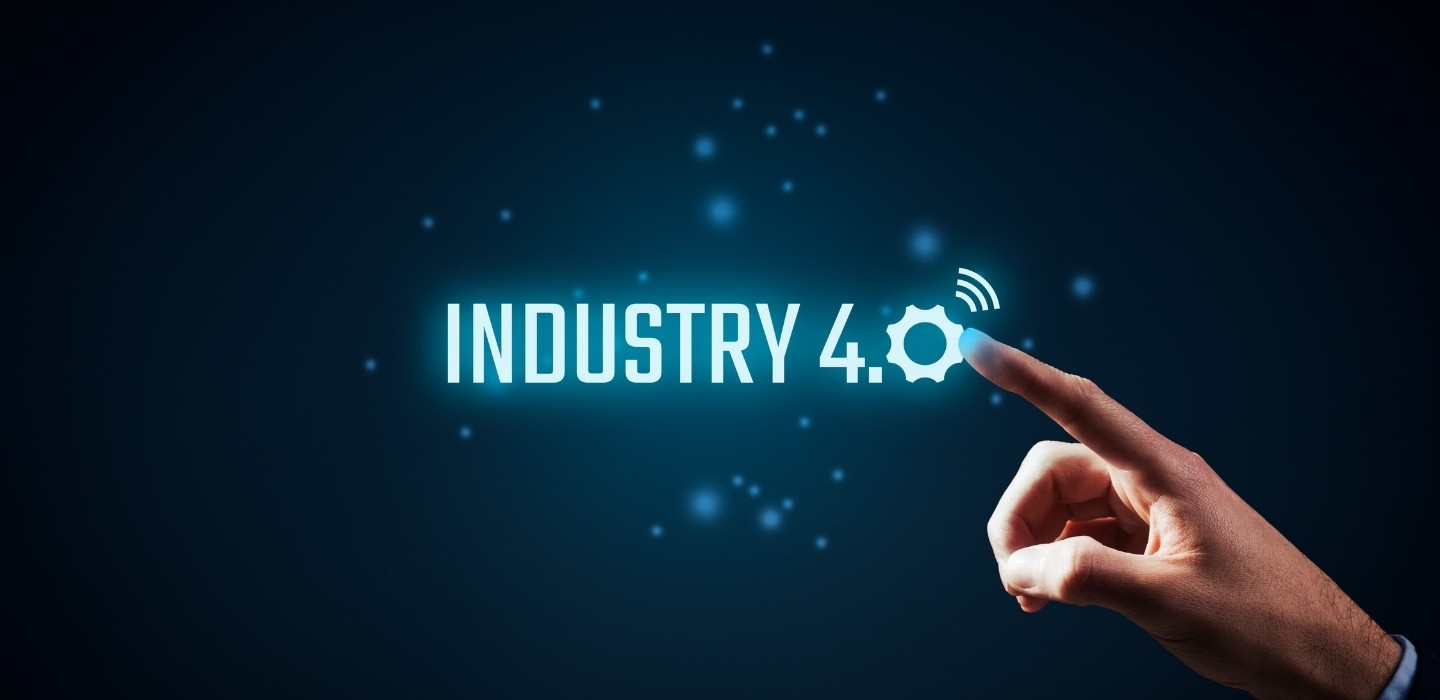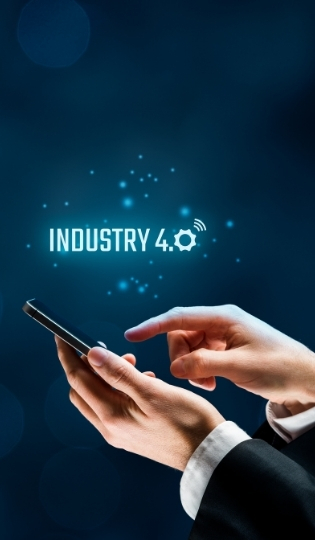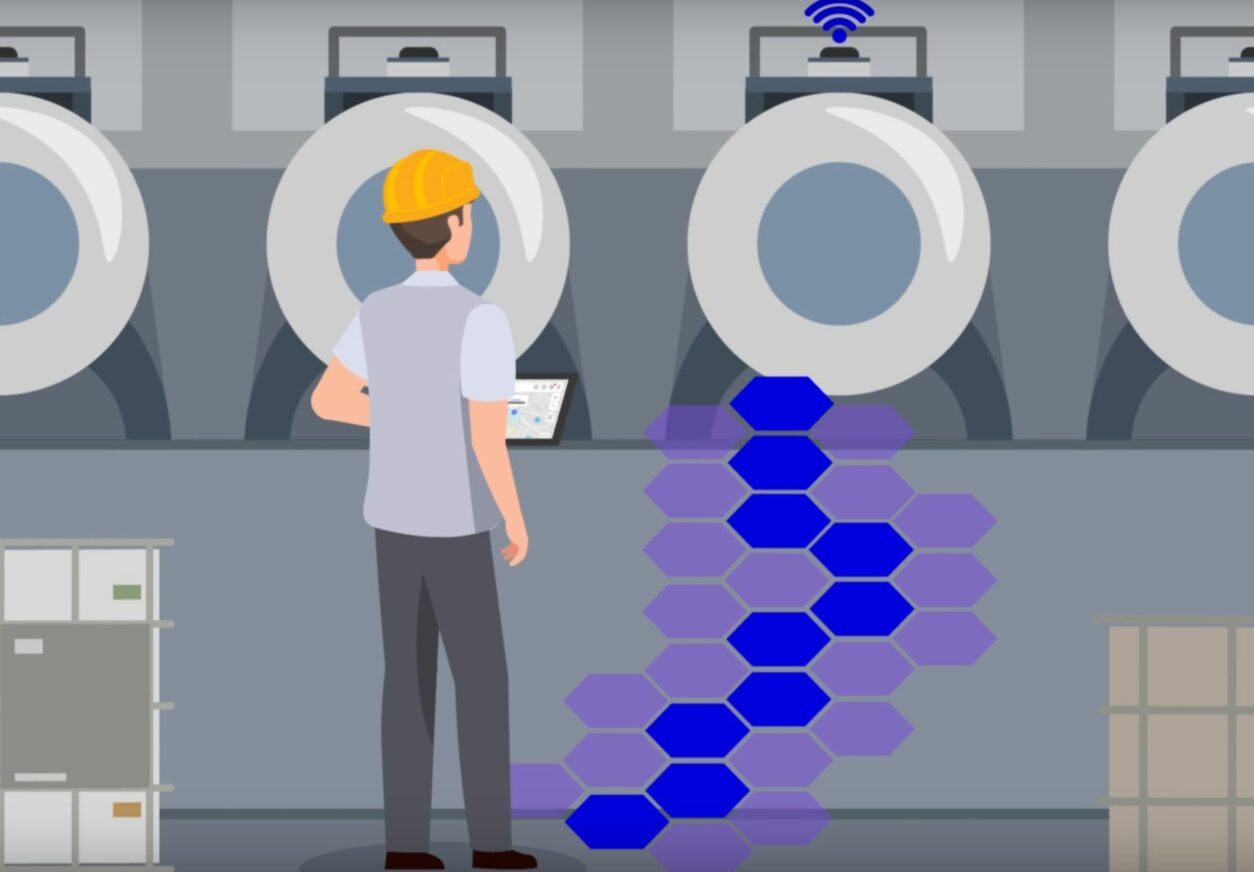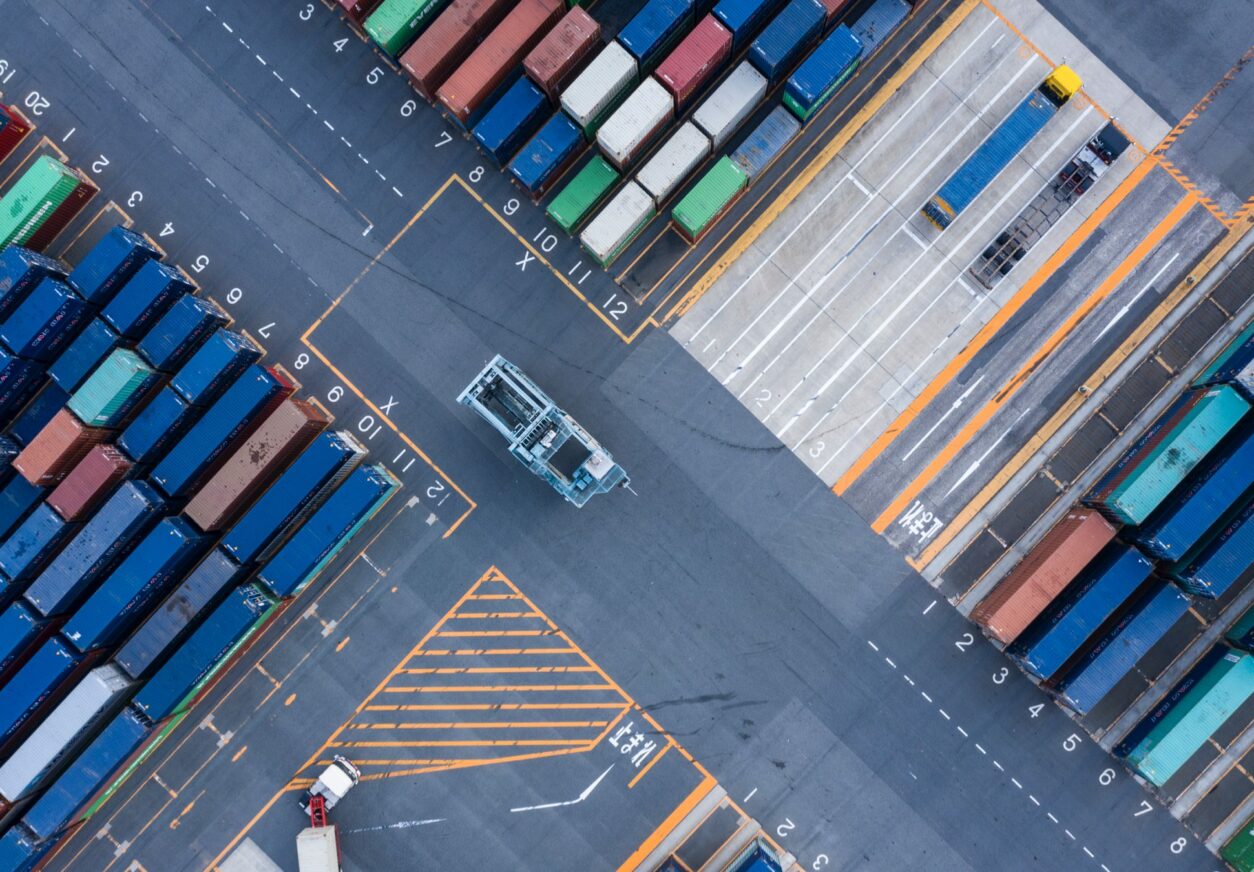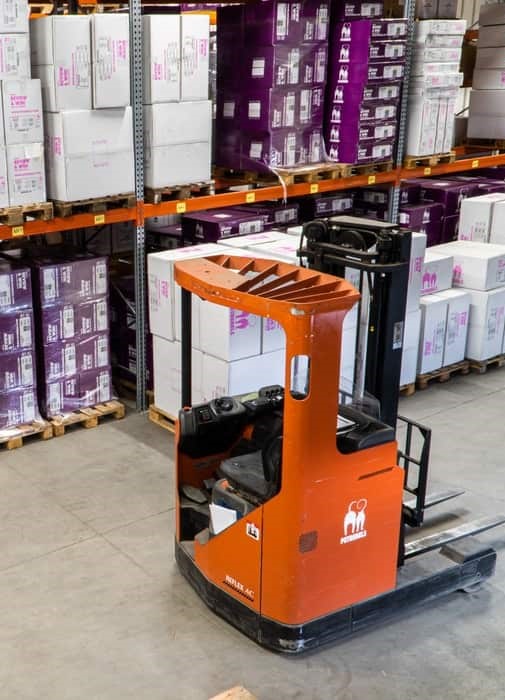The innovations of Industry 4.0
The 21st century has seen the transformation of industry in France and around the world.
Industry 4.0 means integrating new technologies into factories to optimize manufacturing processes, adapt production lines to customer expectations and promote product customization.
Indeed, the industry of the future has impacted the entire value chain and the supply chain by introducing numerous innovations.
Thus, the energy, automotive and other sectors have seen the appearance of exoskeletons, 5G robots or 3D printing solutions.
We would like to look back at three of the most relevant innovations: robotization, augmented reality and predictive analytics.
Robotization as an industrial trend
Robotization is defined as the equipment of industrial and commercial spaces with automatic machines.
The industry of the future includes a massive robotization of industries.
Indeed, the ability of robots to work seamlessly in sometimes dangerous environments is a considerable advantage in terms of productivity and efficiency.
The disadvantages of robots include limited quality and the need for strong capital.
On the other hand, while many fear an increase in the unemployment rate through the elimination of a portion of jobs, robotization actually allows for the emergence of other jobs.
Augmented reality at the service of Industry 4.0
This massive robotization is accompanied by the emergence of augmented reality.
This allows the integration of digital elements in three dimensions in the user’s field of vision.
Augmented reality is currently being deployed and represents a major point for industrial digitalization.
Its application facilitates and accelerates the development and manufacturing of new products, which also improves industrial performance.
Indeed, it becomes possible to make a virtual machine appear and control it.
Augmented reality therefore makes interactions between production lines more fluid and improves the productivity of companies.
The integration of augmented reality allows companies to rediscover their business by simplifying and automating many time-consuming tasks.
The ROI it generates being considerable, this innovation is one of the pillars of the industry of the future and allows companies that use it to be one step ahead of the competition.
Predictive Analytics
The convergence of robotization in industry and artificial intelligence, coupled with megadata analysis, can lead to huge advances in productivity, efficiency and economy.
Predictive analytics is, as the name implies, the prediction of equipment failures and is thus a relevant maintenance strategy.
Predictive analysis is assisted by the IOT, the Internet of Things, and its universe of sensors, such as Zozio’s sensors.
It facilitates decision making and thus optimizes performance.
Predictive analysis proposed by Zozio
Zozio’s solution is designed to facilitate the work of the collaborator through the elimination of repetitive and unnecessary tasks and assistance in decision making.
This is possible thanks to predictive analysis based on our AI and Machine Learning algorithms.
“Assisted by technology in his daily work, the factory employee anticipates inconsistencies and adapts easily to changes.”
Bastien Triclot, founder of Zozio
Accelerated learning of existing operations and digitization of industrial assets and processes is a key advantage for companies.
This is why predictive analytics is the third key innovation of Industry 4.0.
The future of these innovations
These different innovations, today pillars of Industry 4.0, will evolve to possibly lead to a fifth industrial revolution.
Robotization, augmented reality and predictive analytics are indeed continuing to evolve to reach their highest potential.
For the robotics revolution, this industrial peak is accompanied, according to experts, by the alliance of robot and human with the creation of assistants for operators.
This association between robot, constituting a multifunctional tool, and human, with its knowledge and creativity, will perhaps once again transform the industrial world.
Written by Emma Guignard
